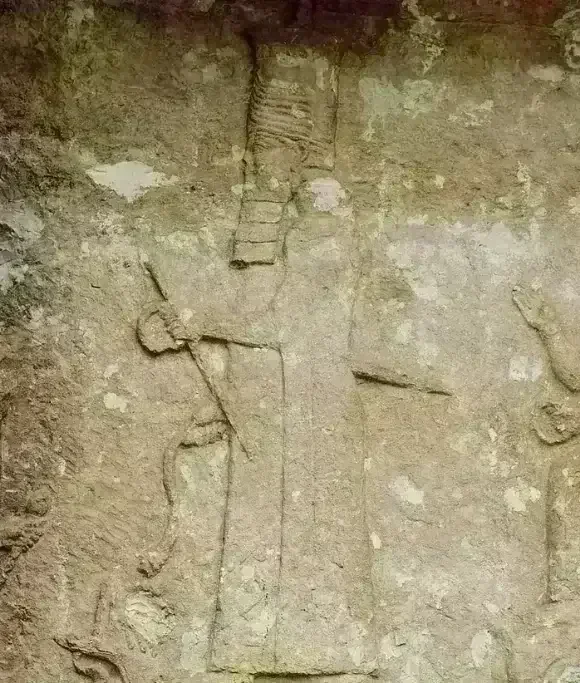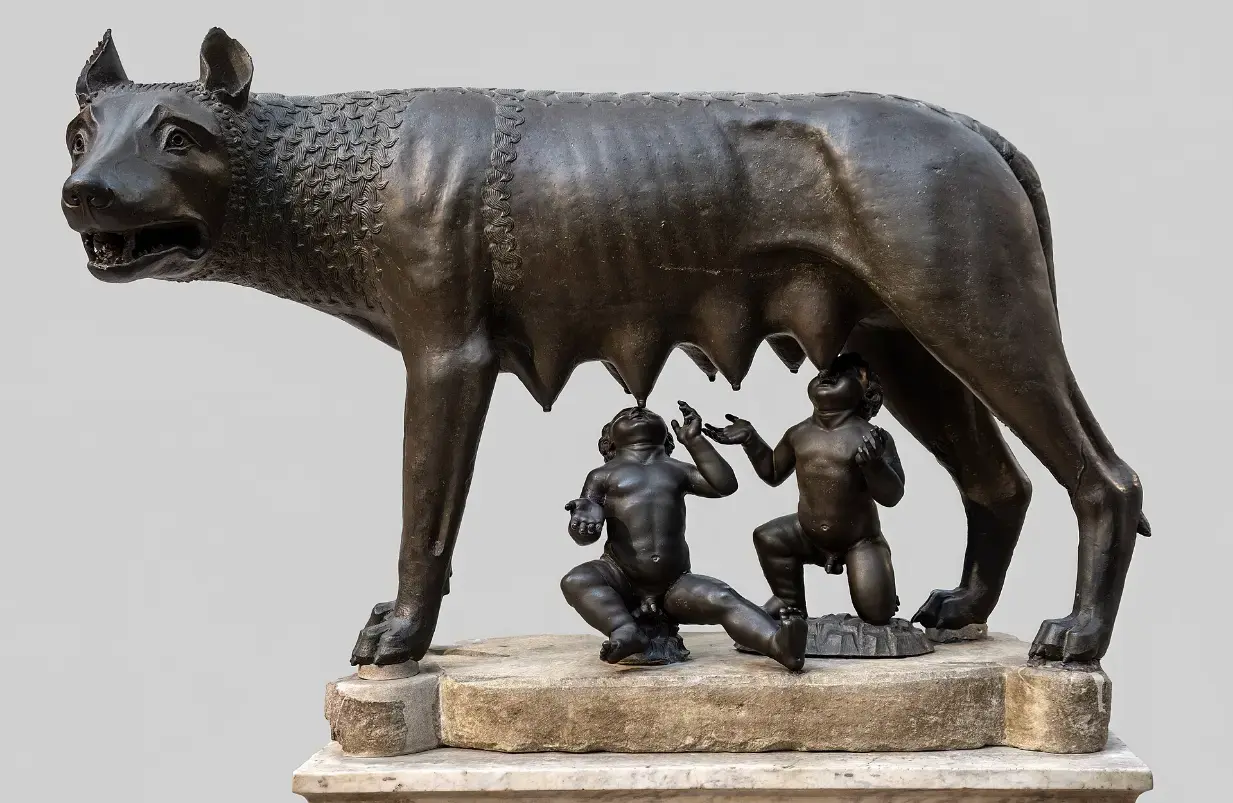Cybele

Cybele was an ancient Anatolian mother goddess who originated in Phrygia, where she was the sole known deity and likely served as the national goddess. Some scholars trace her origins to even earlier worship at neolithic Çatalhöyük. Her influence spread when Greek colonists in Asia Minor adopted her cult around the 6th century BC, bringing her worship to mainland Greece and distant western Greek colonies.
The Greeks' reception of Cybele was complex. While she became partially merged with their existing goddesses—including Gaia, Rhea, and Demeter—she retained her distinct identity as a foreign mystery goddess. She was often depicted arriving in a lion-drawn chariot, accompanied by wild music and ecstatic followers. Her Greek worship was unique in featuring a priesthood of eunuchs, and many cults included rites to Attis, a divine Phrygian shepherd-consort who was likely a Greek addition to her mythology. Greeks associated her with mountains, city walls, nature's fertility, and wild animals, particularly lions.
In Rome, Cybele became known as Magna Mater ("Great Mother"). Her official Roman worship began in 205 BC when, during the Second Punic War against Carthage, the Sibylline oracle advised adopting her cult as a religious ally. Roman mythmakers recast her as a Trojan goddess, thereby making her an ancestral deity of the Roman people through their legendary Trojan founder Aeneas. As Rome's empire expanded, Romanized versions of her worship spread throughout the Mediterranean world. Her cults and priesthoods sparked debate among ancient writers about their meaning and morality—discussions that continue among modern scholars.


